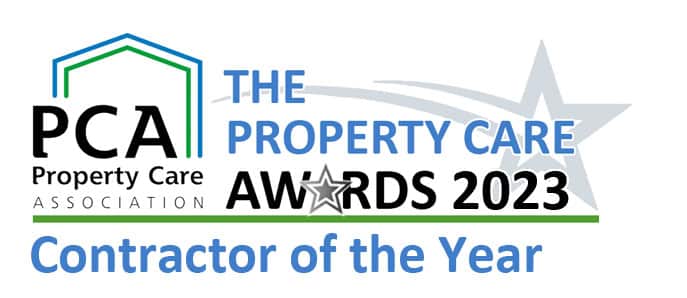Okay, so dry rot is the bogey man of rots, everyone talks about it and yes, dry rot is a serious problem. However, it is wet rot, in its many forms, which dwarfs the damage done by dry rot and is seen in very many older (and some newer), houses.
There are many separate species of wet rot and I we won’t bore you with the Latin names. But they all have one thing in common; they thrive in damp timber in almost any situation. This is why wet rot is the biggest threat to anyone’s structural timbers, be these floors, roofs, staircases or timber frame components. The thing is; wet rot is so adaptable and can happily grow and consume timber at near saturated condition, or that which is dry to the touch. How so?
Well, what is dry to our touch may have a moisture content of 25%, which is well within the range which many wet rot species survive in. They do of course like things wetter if possible and the dead logs and such they evolved to consume; on the forest floor covered in leaves, are often pretty wet, at say, the level we timber infestation surveyors would call ‘fibre saturation’, in other words hit the wood with a hammer and you could get splashed in the eye.
Decay moves and spreads slower at the lower moisture contents found in most building timbers. Let’s face it, unless a house is derelict the floors won’t be wet to the touch, but they may be moist.
And of course, structural timbers by nature; floor joists and beams and such, are not looked at very often. When was the last time you crawled under the floor? So though decay in slightly moist timbers is slow, it’s also inexorable and month by month, year by year, floor joists with wet rot in them, decay.
In addition there are a couple of woodworm species which evolved to eat rotting wood and though they too like the saturated stuff on the forest floor, they also thrive in slightly damp, slightly rotten floorboards and joists. These are the wood weevils (Latin names omitted for the sake of your sanity).
These pests don’t eat dry sound wood, but they love the decaying stuff. As a result they infest slightly rotten floor joists and eat this with gusto. In fact, the contribution these insects make, to the damage already being caused by the wet rot is massive, in some cases more damaging than the decay itself.
The images included in this short post illustrate this nicely. The first is of a joist under a lounge floor in a terraced house in Pontefract, near Leeds. I can tell you that it was dry to the touch, but when tested with a moisture meter, it had a moisture content of only 25%. Notice though, that there are some tell-tale spots of yellowy dust and small holes in the surface? These are exit holes of a species of Wood Boring Weevil. Note also that the joist is not square. The surface is bowed and buckled a little concave in places.
What you are seeing is the collapse of the timber as it shrinks, due to a combination of the wet rot decay inside it (breaking down the cellulose), and the weevil activity.
The above image underlines the extent of decay. I didn’t need a screwdriver to test the condition of the wood, I was able, (whilst laying on my back, camera in one hand and torch trapped under my neck), to easily pull the bottom section away from the joist by hand.
This is wet rot personified; the jack of all trades of rots, which can decay without a plumbing leak or roof leak or even condensation under a floor. Just slightly high humidity in a sub-floor void, due to a few blocked air bricks caused this. It took decades to get this bad, but the owner of the house didn?t know what he was walking on and it was only discovered when I carried out a pre-purchase timber survey for my client.
Dry rot’s bad, but wet rot is probably the one which will get you.
For further information call us on 0800 591541 or use our contact page to enquire about a professional timber survey by our qualified team. Damp and timber surveys with written report are available across Yorkshire.


